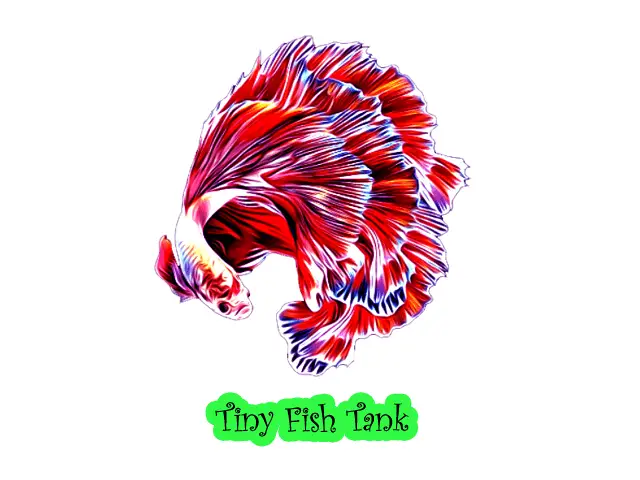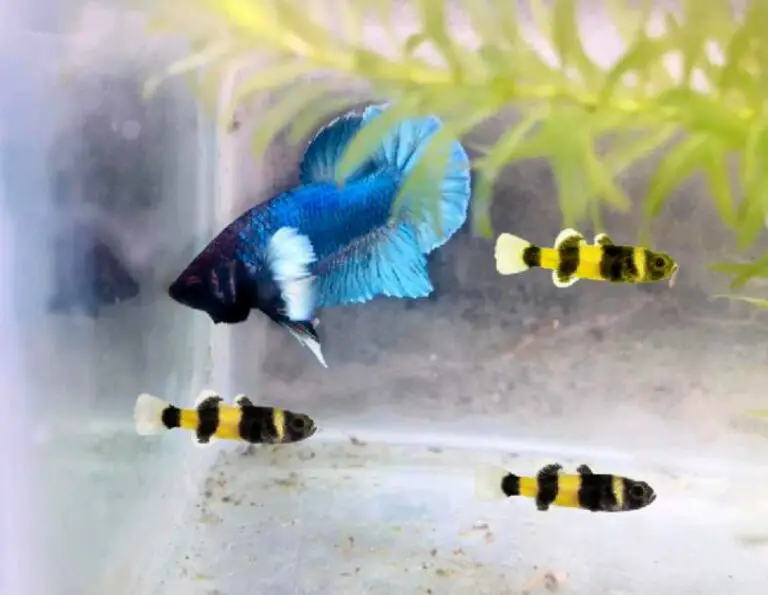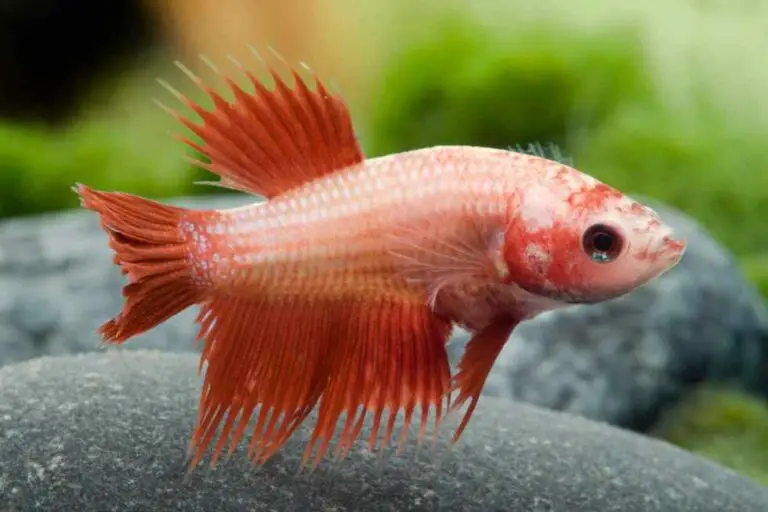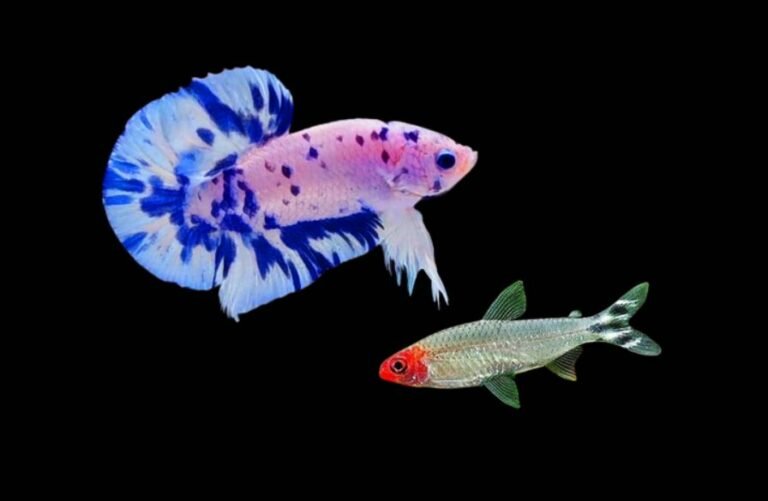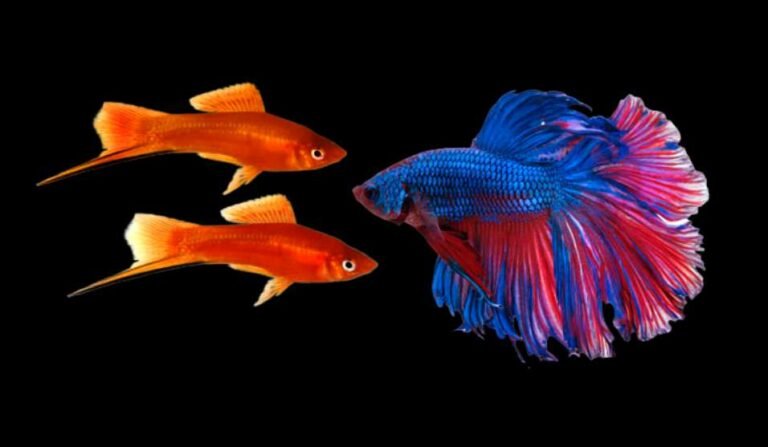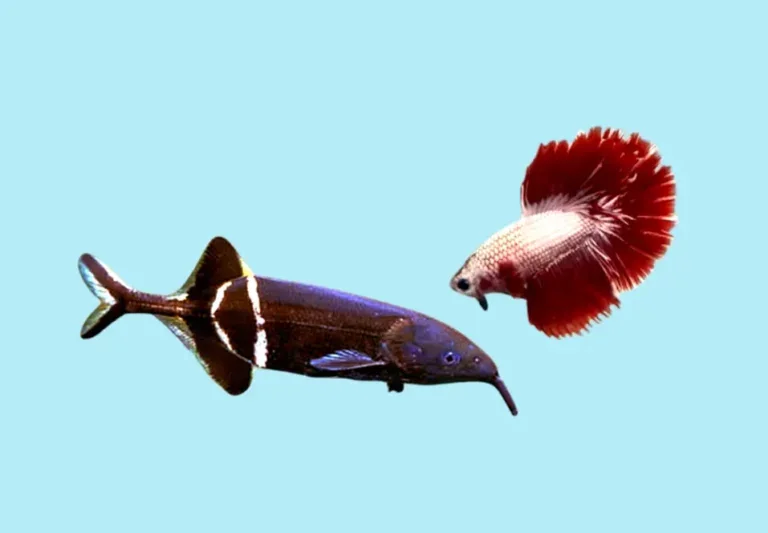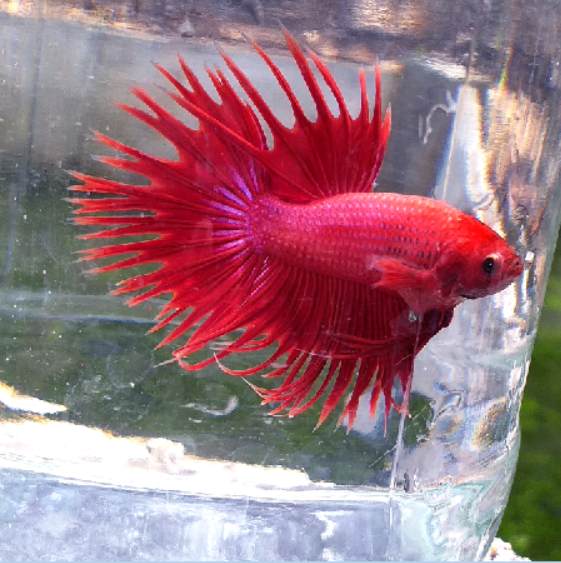What floating plants do bettas like?
Most of the time, betta fish hides under plants or stones because betta fish like to eat live food. To hunt and chase the live food, fish try to hide under the plants or floating plant leaves. So this is why betta fish like to live with floating plants all the time.
What floating plants do bettas like? Betta fish prefer floating plants with densely packed regions. Most favorable plants consist of small leaves with a fast-growing ability. Planting offers a safe environment for the plant. Java moss, Amazon Sword, and Pygmy Chain Sword are some of the live plants you can use.
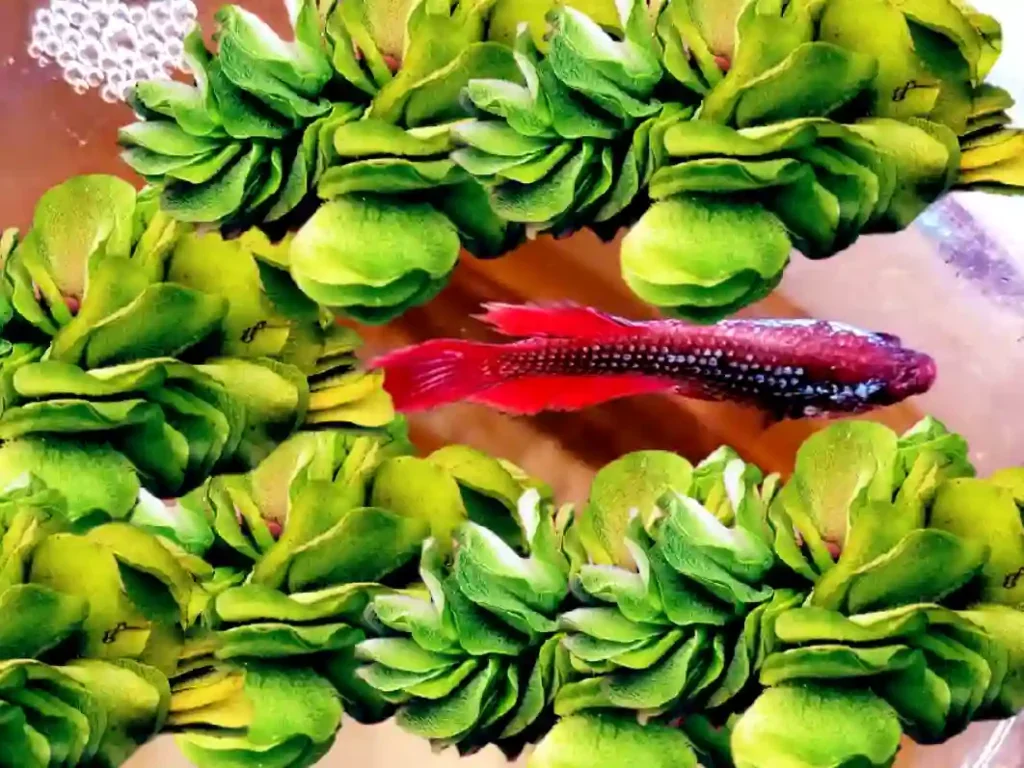
Table of Contents
- Floating aquarium plants with long roots
- Do floating plants oxygenate the water?
- Do floating plants reduce evaporation?
- Will floating plants block light?
- Can I cut the roots of floating aquarium plants?
- Can floating aquarium plant roots absorb ammonia?
Floating aquarium plants with long roots
Floating plants offer various benefits to the fish in the aquarium. One of the qualities of the plant is the security of the fish. All aquarium fish are scared of predators.
The floating plants cover the surface area, making it easy for the fish to hide underneath them. When the fish are comfortable and stress-free, they will grow healthy.
List of the floating aquarium plants with the long roots
- Water Hyacinth
- Water Sprite
- Water Spangles
- Frogbit
- Dwarf Water Lettuce
- Red Root Floaters
Floating plants with long roots also give excellent benefits to the plant. Nutrition under the water can be absorbed without going to the bottom.
Also, the light exposure to the surface area is high compared to the plant submerged under water. The growth rate of the plant will be faster. Roots help the plant to consume the nutrition and minerals from the water.
Do floating plants oxygenate the water?
Yes. Aquarium plants consume CO2 and minerals from the water. While controlling the food production process through photosynthesis, the plant releases oxygen into the water. Every plant is unique and makes the water oxygenation at a different level.
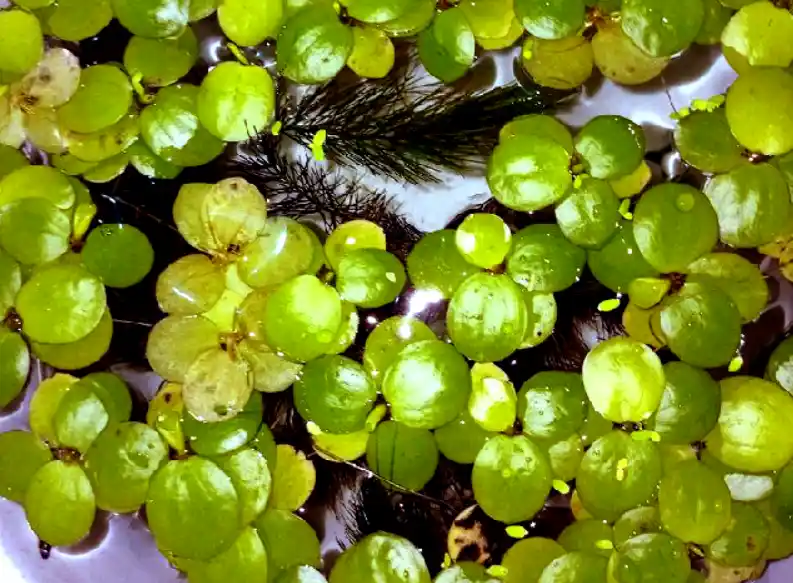
Floating plants are perfect for the aquarium because they are primarily under the aquarium’s direct sunlight or LED lights.
Natural light makes it easy for the plant to absorb the UV rays and produce food in large quantities. As the plant grows, you will enjoy the stable water condition that makes it comfortable for the trees to live healthily and progress quickly.
Floating plants also make it easy to fish to get oxygen naturally. The filtration process will also spread the oxygenation water from the top to the bottom with the water current.
Every tiny floating plant will provide duel support. Primary support will be given to making the tank water drinkable. Another is to offer hiding space to the fish.
Do floating plants reduce evaporation?
Yes. Floating plants keep the surface water temperature in control. Naturally, the water around the plant stays at a balanced temperature because the plant releases a good amount of oxygen and other minerals that help the water remain at room temperature.
Also, the lights reaching the tank’s surface are mainly absorbed by the plant, so less interaction will be with the plant.
Water with high ammonia, pH level, and CO2 also heats up to the water. Less heat contributes to the reduction of the evaporation of the water.
Even the plant with less energy will keep the water breathable all around the clock. Live plant supports the consumption of chemicals.
It helps them live comfortably with moderated amounts of water. Whenever the plant is having trouble, it will face challenges, and growth will be challenging.
Will floating plants block light?
Yes. Floating plant blocks direct light when they start spreading on the surface. The floating plants will not allow the sunlight to reach the bottom. Therefore, a floating plant should be used when you have no other live plants in the aquarium.
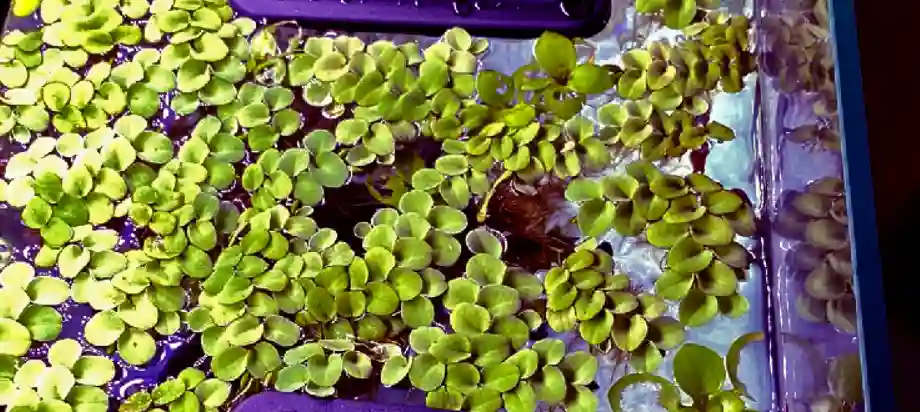
The plants at the bottom will have trouble surviving because they cannot get the right amount of sunlight to produce sufficient food. Floating plants will block the entire surface over time, making no lights reach the tank at the bottom water bed.
Floating aquarium plants with short roots
Find the list of floating plants that don’t contain long roots. These plants grow at the surface so that the surface area will be covered with green leaves.
The bottom section will have short roots plants, which are not expanding to the bottom.
- Duckweed Plants (Lemna Minor)
- Amazon Frogbit (Limnobium Laevigatum)
- Water Spangles
- Salvinia auriculata
- Salvinia natans
- Red Root Floaters
- Hydrocleys nymphoides (water poppy)
Floating plants are primarily chosen because they control the water condition to a suitable environment for fish.
The plant should receive sufficient food and minerals when it is in the early stage. Whenever the plant is not getting enough food, the minerals will be lacking in the plant, causing them to die eventually.
Besides that, the floating plants are suitable for developing the plant’s health. When the plants grow, they consume harmful chemicals in the water. Long roots help them reach the tank’s bottom and get the necessary minerals from the water.
Every single origin can consume the essential minerals and convert them into the plant’s growth.
Can I cut the roots of floating aquarium plants?
Yes. The aquarium plants are not similar to the plants you grow in the soil. Whenever you find the roots of the plants are overgrowing, you can use the scissor to cut the excess amount of roots. The aquarium plant regrows even after cutting the roots of the plant.
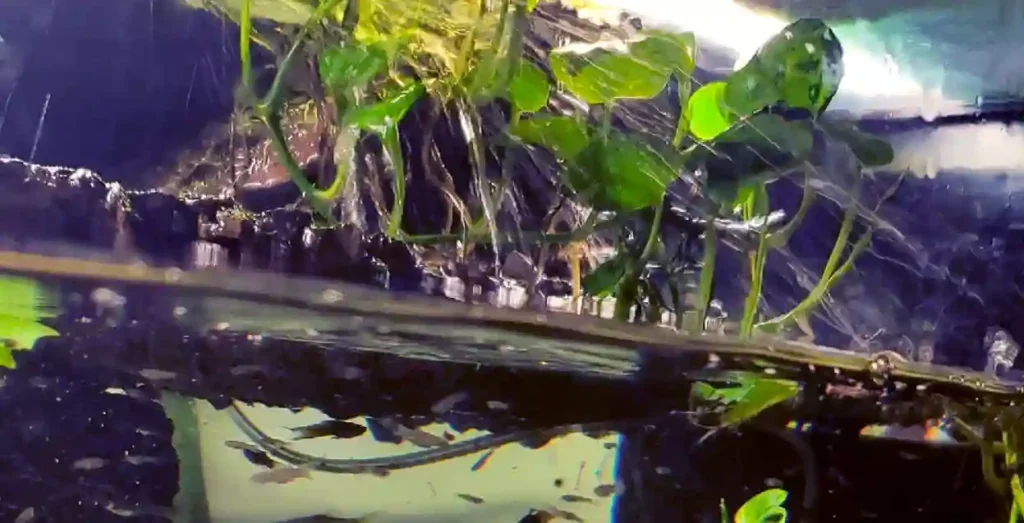
Plants with thick and dingy leaves may make the aquarium look awful. It will kill the plant’s aesthetic, making it difficult to grow. After the trimming is done, the plant will increase its roots again.
Cutting the roots will not affect the health of the plant. Newly planted rhizome plants or any other plants need time to regrow their roots.
Thus, please do not overdo it. Give some time to the plant to expand its root system. Once the plant is settled and growing again, you can make quick progress.
Can floating aquarium plant roots absorb ammonia?
Yes. Floating plants can absorb ammonia without any trouble. The plant roots are susceptible to finding the nutrition that helps them increase. Ammonia will support faster growth. The aquarium plant prefers some portion of its ammonia for its early development.
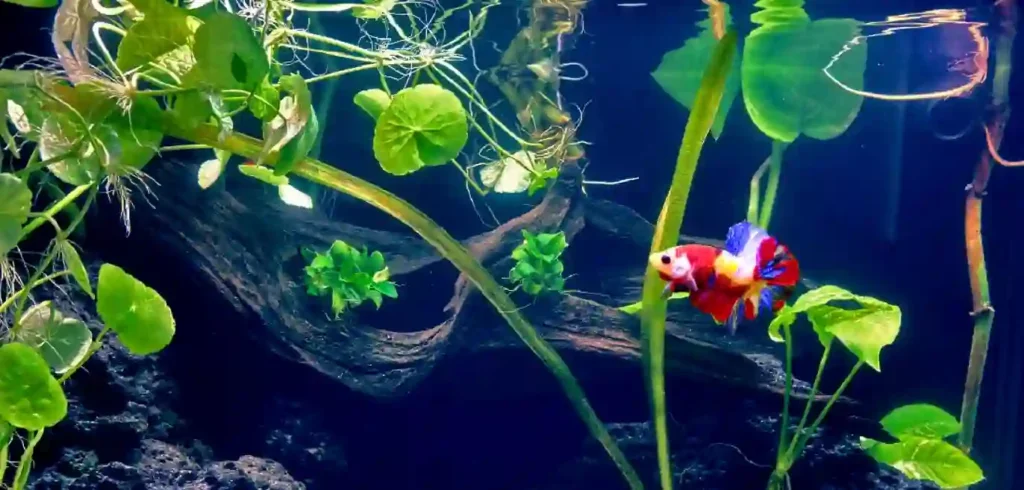
Instead of nitrates, ammonia does a better job. Using these nitrogen compounds, you can convert the plant to an ammonium filtration process and keep the water condition suitable for the plant.
Live plants with long roots are natural filters that consume unwanted chemicals and minerals that may harm aqua life. The plant uses these chemicals for its growth and makes the water clean and healthy.
Related Articles :-
https://www.tinyfishtank.com/betta-fish-keep-jumping-out-of-the-tank/
https://www.tinyfishtank.com/can-betta-fish-live-in-hard-water/
https://www.tinyfishtank.com/what-are-the-toxic-plants-for-betta-fish/
https://www.tinyfishtank.com/why-is-my-betta-fish-not-eating-pellets/
https://assets.publishing.service.gov.uk/media/6034e1588fa8f54332e9ffc5/SC120008-R1_Field_guide.pdf
